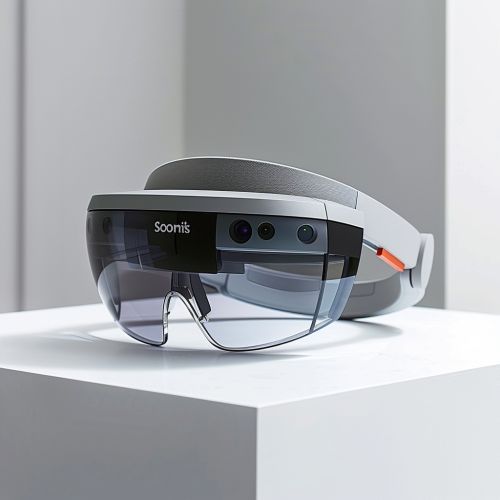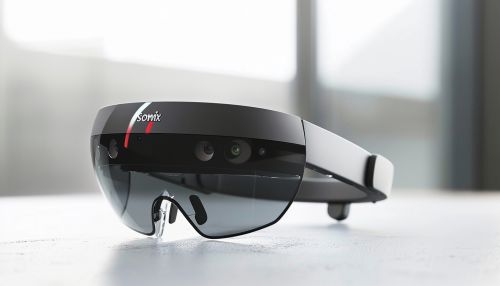Microsoft HoloLens
Introduction
The HoloLens is a head-mounted display unit developed by Microsoft, designed to overlay digital information into the user's real-world environment. This technology, known as augmented reality (AR), allows users to interact with virtual objects as if they were physically present. The HoloLens is a standalone device, meaning it does not require a connection to a separate computer to operate.


Development and Release
The development of the HoloLens began in 2010 as a secret project within Microsoft's research division. The project was led by Alex Kipman, the inventor of the Kinect motion-sensing input device for the Xbox 360. The HoloLens was officially announced on January 21, 2015, during a Windows 10 press event. The first version of the device, known as the HoloLens Development Edition, was released on March 30, 2016, for $3,000.
Hardware
The HoloLens features a custom-built Microsoft Holographic Processing Unit (HPU) and an Intel 32-bit architecture. The HPU is responsible for processing the information coming from all of the on-board sensors, including the inertial measurement unit (IMU), ambient light sensor, and four environment understanding cameras used for computer vision and spatial mapping. The device also includes a depth camera with a 120-degree field of vision.
Software
The HoloLens runs on the Windows Holographic platform, a version of Windows 10 designed specifically for mixed reality applications. This platform supports Universal Windows Platform (UWP) apps, allowing developers to create software that can run across multiple Windows 10 devices with little to no modification.
Applications
The HoloLens has a wide range of applications, from entertainment and gaming to professional uses in fields such as architecture, engineering, and medicine. In the medical field, for example, the HoloLens has been used for augmented reality-assisted surgery, allowing surgeons to overlay digital images onto the patient's body for more precise procedures.
Reception and Impact
The HoloLens has been praised for its innovative use of augmented reality technology, though it has also faced criticism for its high price and limited field of view. Despite these criticisms, the HoloLens has had a significant impact on the tech industry, influencing other companies to invest in augmented reality technology and paving the way for future AR devices.
Future Developments
Microsoft continues to develop and improve the HoloLens, with the HoloLens 2 released in 2019. This new version features a larger field of view, improved hand tracking, and a more comfortable design. The company has also announced plans for a HoloLens 3, though no release date has been set.
